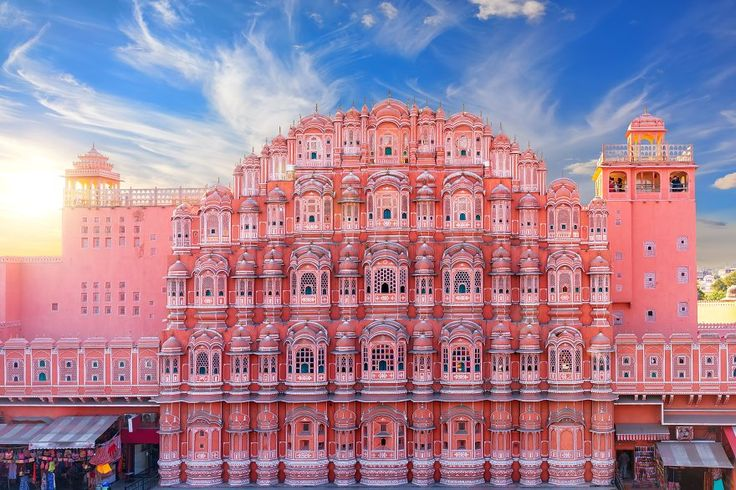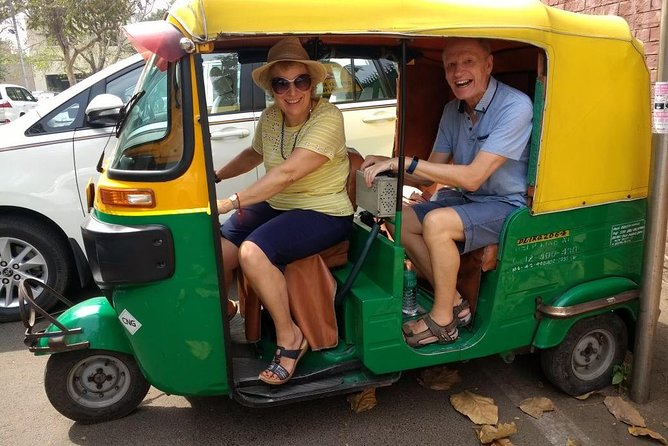Chaitra Navratri: The Nine Days of Goddess Worship and Fasting
India is a land of deep-rooted traditions, where every festival carries a profound spiritual significance. Chaitra Navratri, celebrated in the Hindu month of Chaitra (March-April), marks the beginning of the new year in the Vikram Samvat calendar. This sacred festival is dedicated to the worship of Goddess Durga and her nine divine forms, known as the Navadurga. It is a time of fasting, devotion, and spiritual awakening, observed by millions across India.
The Significance of Chaitra Navratri
Navratri, meaning “Nine Nights,” symbolizes the victory of good over evil. According to Hindu mythology, Goddess Durga fought and vanquished the demon Mahishasura, and her nine forms are honored each day during this festival. Chaitra Navratri also coincides with Ram Navami, the birthday of Lord Rama, adding to its religious importance.
The Nine Days of Goddess Worship
Each day of Navratri is dedicated to a different form of Goddess Durga, with unique prayers, colors, and rituals:
- Day 1 – Shailputri: The embodiment of nature and strength. Devotees offer pure ghee to seek good health.
- Day 2 – Brahmacharini: The goddess of penance. Offerings of sugar bring peace and harmony.
- Day 3 – Chandraghanta: Symbolizing bravery. Milk and sweets are offered for strength and protection.
- Day 4 – Kushmanda: The creator of the universe. Malpua (sweet pancakes) is given as prasad.
- Day 5 – Skandamata: The mother of Lord Kartikeya. Bananas are offered for prosperity.
- Day 6 – Katyayani: The warrior goddess. Devotees offer honey for a happy marital life.
- Day 7 – Kalaratri: The destroyer of evil. Jaggery and coconut are offered to seek protection.
- Day 8 – Mahagauri: The symbol of purity. Devotees offer coconut for relief from suffering.
- Day 9 – Siddhidatri: The goddess of wisdom and miracles. Til (sesame seeds) are offered for spiritual enlightenment.
Why Do People Fast During Chaitra Navratri?
Fasting during Navratri is not just a ritual but a way to purify the body and mind. Hindu scriptures suggest that these nine days are cosmically aligned to help the body detoxify and recharge. Eating sattvic (pure) food such as fruits, milk, nuts, and special flours like kuttu (buckwheat) and singhara (water chestnut) enhances mental clarity and spiritual focus.
Spiritual and Scientific Reasons Behind the Rituals
Early Morning Prayers: Aligning oneself with the energy of the rising sun, believed to be the source of all life.
Offering Flowers & Diyas: Creating positive vibrations and invoking divine blessings.
Chanting Mantras: Words like “Om Devi Namah” have scientific sound vibrations that calm the mind.
Lighting a Ghee Lamp: Ghee (clarified butter) is said to purify the air and enhance spiritual consciousness.
Breaking Fast with Fruits & Sweets: Balancing energy levels after a period of controlled eating.
Where to Experience Chaitra Navratri in India?
For international travelers, experiencing Navratri in India is a mesmerizing spiritual journey. Some of the best places to witness Chaitra Navratri celebrations include:
Vaishno Devi, Jammu & Kashmir – A divine pilgrimage to the abode of the Goddess.
Varanasi, Uttar Pradesh – Grand aartis, devotional music, and spiritual energy by the Ganges.
Ambaji Temple, Gujarat – One of the most revered Shakti Peethas of India.
Kamakhya Temple, Assam – A mystical place for Shakti worship.
Delhi’s Chhatarpur Temple – Witness vibrant rituals and thousands of devotees.
Conclusion
Chaitra Navratri is not just a festival; it is a time for self-discipline, devotion, and spiritual upliftment. It reminds us of the divine feminine energy that exists within all of us and the importance of faith, patience, and righteousness. Whether observing it through fasting, prayers, or temple visits, this sacred time offers a deeper connection to the divine.
For travelers, this is the perfect time to immerse in India’s vibrant spiritual culture and witness devotion in its purest form. So, this Navratri, don’t just read about it—experience it!



